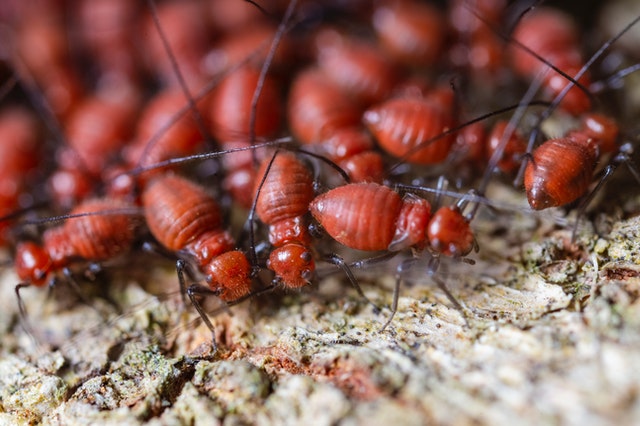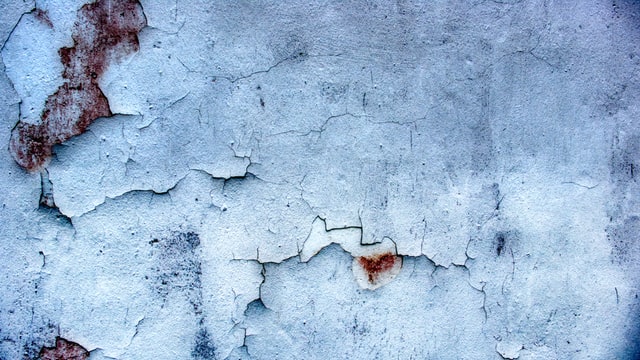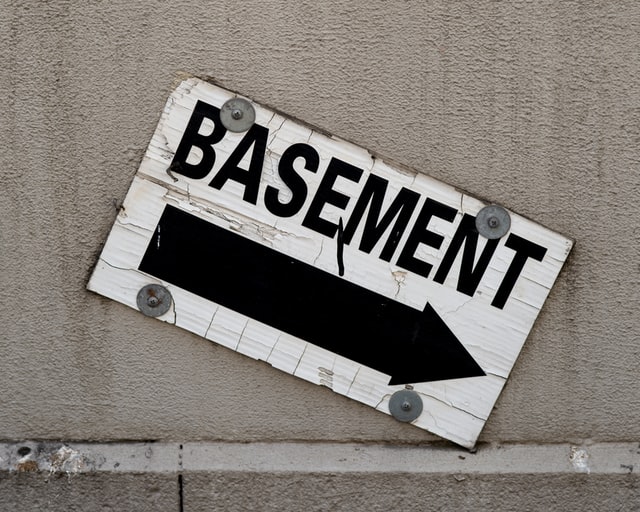Regular maintenance is as important for your home as regular medical check-ups are for your health. This article will focus on the importance of basement maintenance and give you the ultimate DIY basement inspection checklist. With routine basement inspections, you can identify minor issues and work on resolving them before they escalate into major problems.
Now here’s why you should make basement inspection a priority in your home and what you need to pay attention to the most.
Table of Contents
Why is basement inspection important?
Although it might not be that obvious, the basement is one of the most critical rooms in your home, and basement inspections are crucial to ensure you’re living in a safe house. It goes without saying that a basement inspection is essential if you plan to remodel your basement.
Many issues you find could be symptoms of major problems affecting completely different parts of your home.
Most common issues in basements
Here are the most common serious issues you can discover in your basement:
- Foundation problems – If you notice cracks on your basement walls or floor or even bowed walls, it could be an indication of a foundation issue. When caught early, it can be easy to fix. However, if you don’t pay attention and do not inspect your basement regularly, you can put your home in a more serious situation.
- Mold issues – Another thing you can find and prevent when regularly checking your basement. Mold is never a good thing and if you find even the slightest trace of moisture in your basement, make sure to check for mold.
- Pests – By inspecting your basement, you can also determine if it’s becoming home to pests such as mice or termites. They can cause extensive damage. For example, termites can tear down the whole structure if not eliminated quickly.
- Water leaks – Did you know that water can come into your basement even from a roof leak? All the issues we’ve listed above can occur because of water leaks. Therefore, if you notice even a tiny water stain or condensation, make sure to look into it.

Photo by Pexels.com
Therefore, to stay ahead of these kinds of problems and catch them early on, make sure to regularly inspect your basement.
Basement inspection before buying a home
Buying a new home is an exciting but often quite overwhelming and stressful experience. As it’s a significant investment and place you’ll spend many years in, you want to make sure it’s perfect for you.
Therefore, before you make an offer, pack your bags and hire an experienced team from A2B Moving and Storage to help you with your relocation.
It’s imperative to check all aspects of your new home. The basement is one of the most important rooms to check, especially if you plan to turn it into a rec-room or even create a basement kitchen.
To help you avoid a costly mistake, here’s a basement inspection checklist to go through before purchasing a home:
- Check for potential cracks in the foundation or other structural issues;
- Thoroughly inspect any DIY work done by the homeowner;
- Check the state of drainage and grading system;
- Look for signs of mold;
- Make sure to look for stains on the walls or ceiling;
- Freshly painted walls can be a red flag.
DIY basement inspection checklist
Now that you know how important it is to regularly inspect your basement, here is our DIY basement inspection checklist. Keep in mind that, should you find any serious issues, it’s always better to call a professional who has expertise and knowledge to tackle any significant problems quickly and efficiently.
Check walls for cracks
One of the most important things to do when inspecting your basement is to check for wall cracks. This is a part of the inspection you don’t want to skip, especially if you plan on turning your basement into a gym. If there are any structural problems, hanging gym equipment on the wall can be dangerous.
There are several types of cracks you should pay attention to:
- Horizontal – If your home has been exposed to substantial hydrostatic pressure, these types of cracks can appear.
- Vertical – If the contractor who built your home used inappropriate materials, vertical cracks might show on the walls.
- Diagonal – They form for the same reason as horizontal cracks. However, they could indicate that one side of your home has been exposed to more hydrostatic pressure.
- Stair-step – If your foundation is made with brick and mortar, hydrostatic pressure will create these types of cracks.
Noticing a minor crack is not a huge warning sign. However, you should not ignore it and check it every few months. That way, you’ll ensure it’s not expanding. On the other hand, if you find a major crack, make sure to contact a professional and have it repaired as soon as possible.
Is the wall paint peeling or bubbling?
Another thing you should check when inspecting your basement is if there are any places where the paint is peeling off or bubbling. It could be a sign that the surface was improperly prepped which is relatively easy to fix.

However, more often, it is a sign that there is moisture. Many people “fix” this type of problem simply by repainting the affected area with waterproof paint. Keep in mind that this is only a temporary solution and that you should try to find ways to resolve the underlying issue.
Look for mold and mildew
Mold can cause health issues such as allergies, difficulty breathing, or low threshold headaches. If someone in your household starts experiencing some of these symptoms, make sure to check if there is any mold somewhere in the house. As basements are often dark and moist, they are a perfect environment for mold to grow, so you should check there first.
Even if no one is complaining about any health issues, you should inspect your basement for mold, especially if you smell a musty odor when you come into it. Mold is relatively easy to spot. It has a leathery or cottony texture, and it is usually white, black, or yellow.
Check the state of your sump pump
Even if you never experienced a flood in your basement, there could still be moisture that can create suitable ground for mold and mildew. The best solution to ensure that there is no water entering your basement is to install a sump pump.
Sump pumps are installed at the lowest point of your house, which is usually your basement. They pump water that has accumulated to another area. For example, a storm drain or the sanitary sewer. If you don’t already have one, we strongly recommend having it installed.
If you do have a sump pump, it’s essential to check it at least every six months. Should you notice that it has been acting up, make sure to call a professional. They will be able to determine how hard the pump has to work to keep water out of your home.
Check for signs of rodents or insects
Basements are not only suitable environments for mold and mildew but various pests, too. It’s not uncommon for squirrels, raccoons, or insects to find their home in someone’s basement. Therefore, make sure to look for signs of pest infestation such as gnaw marks, rodent droppings, damaged items, and greasy rub marks.
If you determine there are pests in your basement, the best thing to do is to hire extermination. A good idea is to have your basement’s insulation checked, too. As insulation is a physical barrier between your home and the outside world, noticing rodents or insects could signify that your insulation is not good.
Do a check after it rains

As you can see from everything we’ve listed so far, water causes most basement issues. Therefore, always go for a quick check after it rains. This is especially important and shouldn’t be skipped if you have a finished basement.
It’s much more difficult to detect issues in a finished basement as walls and floor are covered. Look for water stains on the carpet and pay special attention to the corners. Also, make sure to occasionally sniff the walls as, if you sense a musty smell, you might be dealing with mold.
The bottom line
As you can see, regular basement inspection and maintenance are essential to keep your home in top-notch condition. More importantly, you will ensure you and your family members are safe and healthy. We hope our DIY basement inspection checklist helped you create your own and inspired you to check your basement today.
